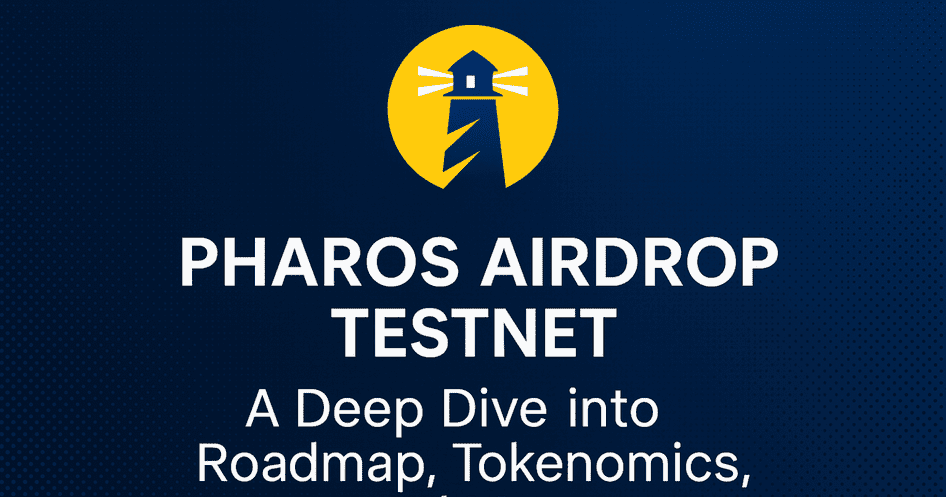In the ever-shifting landscape of digital currencies, two behemoths reign supreme – Bitcoin and Ethereum. These crypto powerhouses share the blockchain stage but dance to different tunes. Let’s embark on a thrilling journey through their distinctions and uncover the secrets of their digital realms.
Bitcoin vs Ethereum – Unraveling the Blockchain Battle!

Bitcoin’s Genesis: Beyond Boundaries
Bitcoin, the pioneer of digital currencies, emerged in 2009, introducing a groundbreaking concept outlined in Satoshi Nakamoto’s white paper. This decentralized currency operates beyond the influence of governments or corporations, relying on a cryptographically secured public ledger – the blockchain.
Evolution and Market Share: Bitcoin, with no physical coins but balances on a secure ledger, marked the inception of decentralized currencies. Initially dominating the market in 2017, its share declined but rebounded to over 51% by October 2023.
- Blockchain Ballet: Bitcoin dances to the rhythm of a decentralized, distributed system – the Blockchain.
- Fractional Finale: Break free from convention – buy a piece of Bitcoin, not the whole BTC!
- Symbolic Symphony: BTC, the symphony that echoes through the digital economy.
Ethereum’s Odyssey: Beyond Currency, into the Code Cosmos
Ethereum: A Symphony of Smart Contracts
Conceived by the visionary Vitalik Buterin in 2013, Ethereum hit the stage in 2015. It’s not just a currency; it’s a blockchain-based distributed platform. Ether (ETH) plays the lead role, and Ethereum aims for scalability, decentralization, and programmability. The script? Written in the melodious language of Solidity.
Contrasting Bitcoin’s singular focus, Ethereum, launched in 2015, goes beyond being a digital currency. It stands as an open-ended decentralized software platform, fostering smart contracts and decentralized applications (dApps) with its native cryptocurrency, Ether (ETH).
- Scale & Serenade: Ethereum’s melody – scalability, decentralization, and programmability.
- Smart Contract Sonata: Ethereum takes center stage, orchestrating complex agreements with elegance.
- Ether’s Anthem: ETH, the cryptocurrency that echoes through the Ethereum universe.
Spotlight on the Showdown: Key Differences Illuminated
1. Basis and Purpose: Bitcoin vs Ethereum Symphony
Bitcoin vs Ethereum Symphony : Ether serves various purposes, from digital currency trading to powering smart contracts and facilitating decentralized applications. Its versatility is evident in areas like decentralized finance (DeFi), non-fungible tokens (NFTs), gaming, and technology.
| Criteria | Bitcoin | Ethereum |
|---|---|---|
| Definition | Digital currency pioneer | Global software platform maestro |
| Purpose | Replace national currencies | Decentralized payment network and code storage |
2. Smart Contracts: Bitcoin’s Waltz and Ethereum’s Ballet
Bitcoin’s smart contracts dance a simple waltz, while Ethereum’s ballet showcases flexibility and completeness, thanks to languages like Solidity and Vyper.

3. Transactions: Bitcoin’s Note vs Ethereum’s Symphony
Bitcoin transactions hum a simple note, while Ethereum transactions compose symphonies with executable code.
4. Hash Algorithm and Consensus: Musical Harmony Unveiled
| Criteria | Bitcoin | Ethereum |
|---|---|---|
| Hash Algorithm | SHA-256 | Keccak-256 |
| Consensus Mechanism | Proof-of-Work (PoW) | Proof-of-Stake |
5. Block Time and Limit: Timing and Tempo
| Criteria | Bitcoin | Ethereum |
|---|---|---|
| Block Time | 10 minutes | 14 to 15 seconds |
| Block Limit | 1 MB (Bitcoin) | No specific limit (Ethereum) |
6. Popularity and Energy Crescendo: Bitcoin’s Symphony vs Ethereum’s Overture
Bitcoin takes the lead as the most popular digital currency, while Ethereum’s Ether claims the second spot. In the energy consumption saga, Bitcoin plays a thunderous symphony compared to Ethereum’s subtle overture. But now Ether has reduced its energy consumption by 90% after the 2023 update.
Litecoin vs. Bitcoin: Clash of the Titans
Litecoin vs. Bitcoin: Clash of the Titans : Litecoin and Bitcoin may share the crypto arena, but they’re not twins. Litecoin brings its A-game with:

- Speedy Confirmations: Litecoin’s 2.5-minute block time beats Bitcoin, ensuring quicker transaction confirmations.
- Scrypt Magic: Litecoin’s scrypt algorithm resists FPGA and ASIC devices, making it a tough nut to crack.
- Dynamic Circulating Supply: With Ł84,000,000 in circulation, Litecoin dwarfs Bitcoin’s maximum supply.
- Mining Difficulty Tango: Litecoin’s faster block speed means mining difficulty retargets every 3.5 days, leaving Bitcoin’s 14-day cycle in the dust.
- MWEB Privacy Waltz: Litecoin embraced privacy with the MWEB upgrade, making wallets and transactions mysterious.
Litecoin Lights Up the Payment Scene
Litecoin isn’t just a crypto superstar; it’s a preferred method for transactions. Verifone, BitPay, and Coingate lead the charge in providing point-of-sale infrastructure. As of June 2023, Litecoin surpassed Bitcoin, claiming the throne as the most used method for transactions by payment count, boasting a 34.9% share.
Litecoin Launch date
Litecoin Launch date ,Fast forward to October 7, 2011 – the day Charlie Lee unleashed Litecoin via an open-source client on GitHub. The Litecoin network roared to life on October 13, 2011. It wasn’t just a fork of the Bitcoin Core client; it was a revamped experience. Shorter block generation time, increased coin supply, a different hashing algorithm (scrypt), and a slicker GUI – Litecoin had its own flair.
FAQs: Crypto Chronicles
How Many BTC and ETH Circulate?
As of October 26, 2023, witness the crypto cosmos with 19.52 million BTC and a whopping 120.26 million ETH in circulation.
Bitcoin and Ether Bromance?
These digital pals share more than meets the eye – both decentralized, traded, stored, and thriving on blockchain innovation.
Latest Blog Posts

